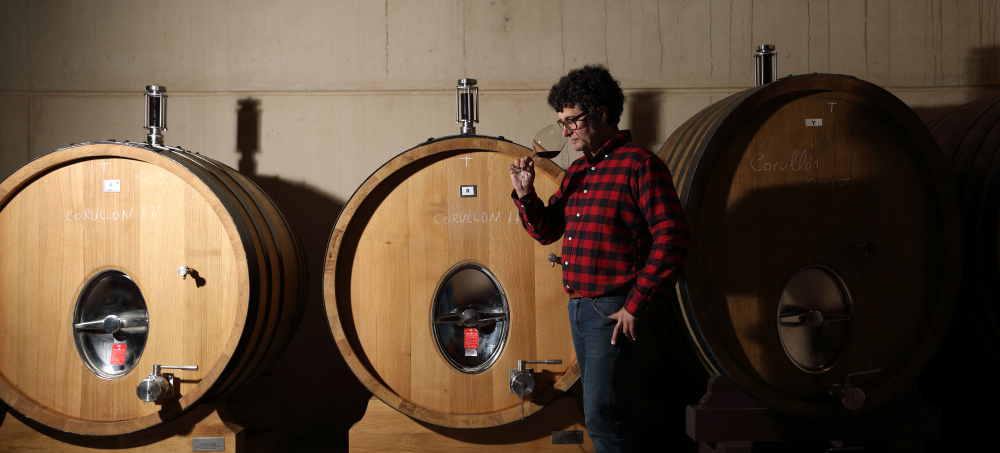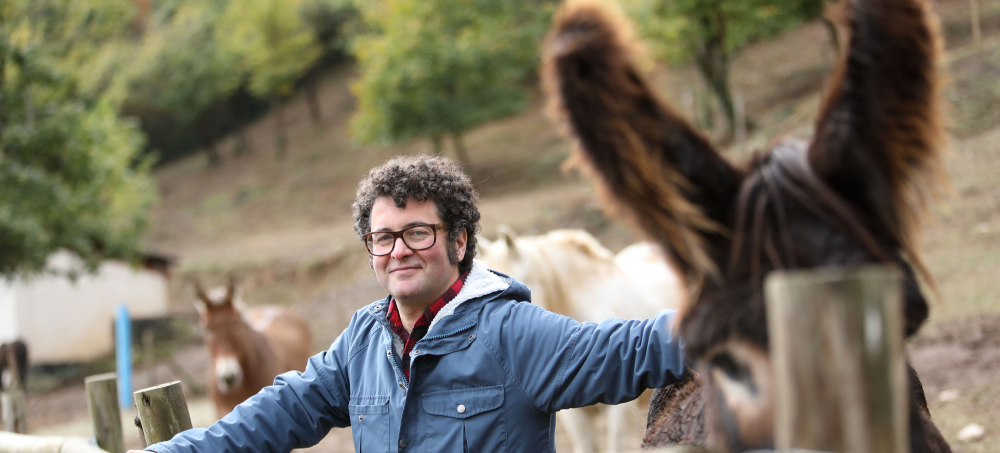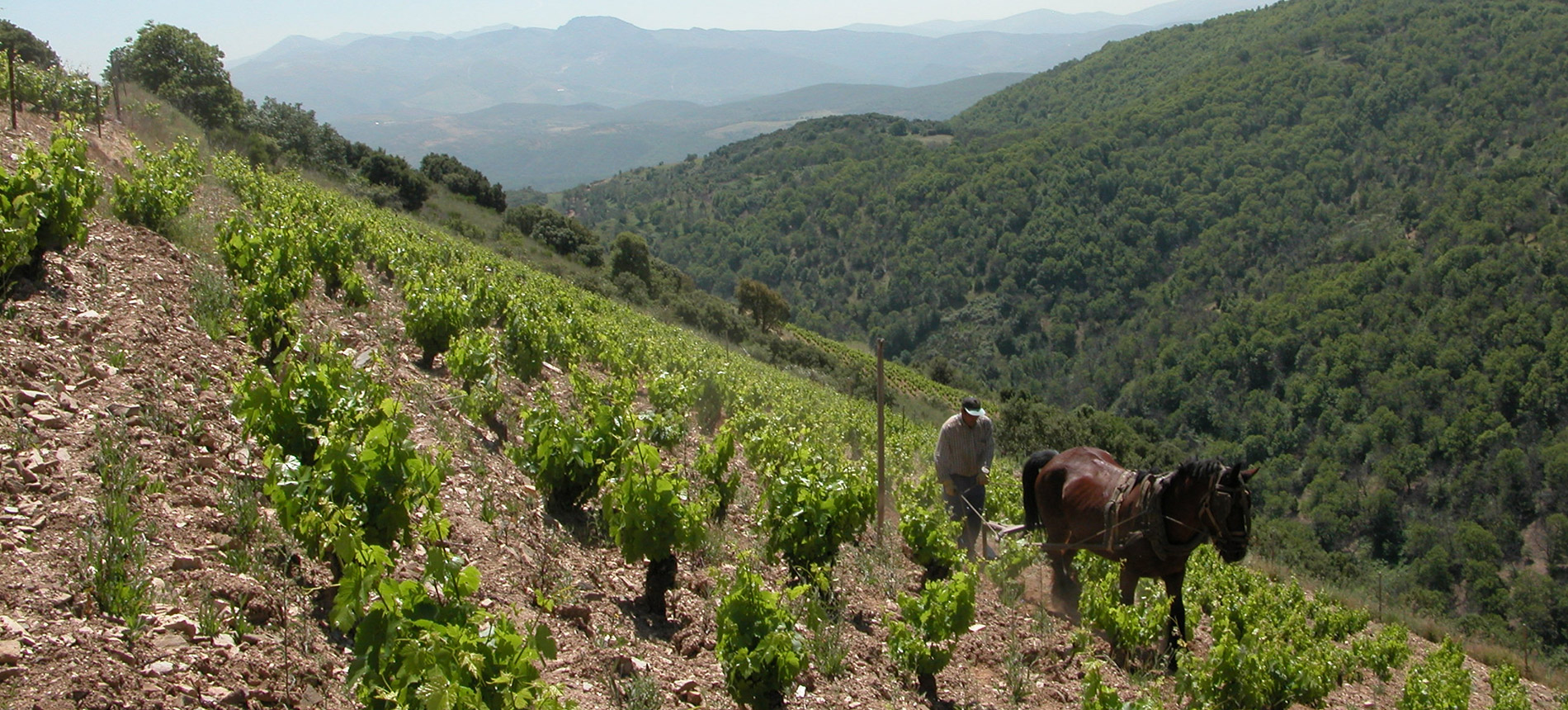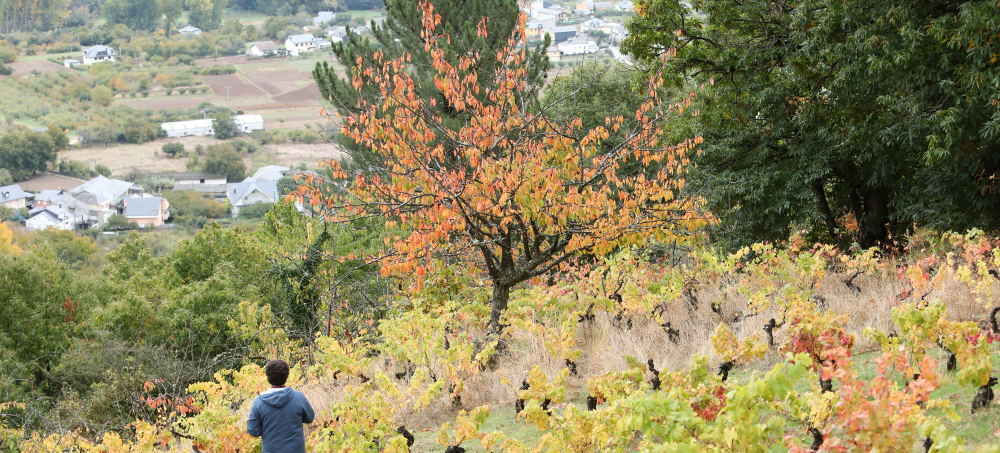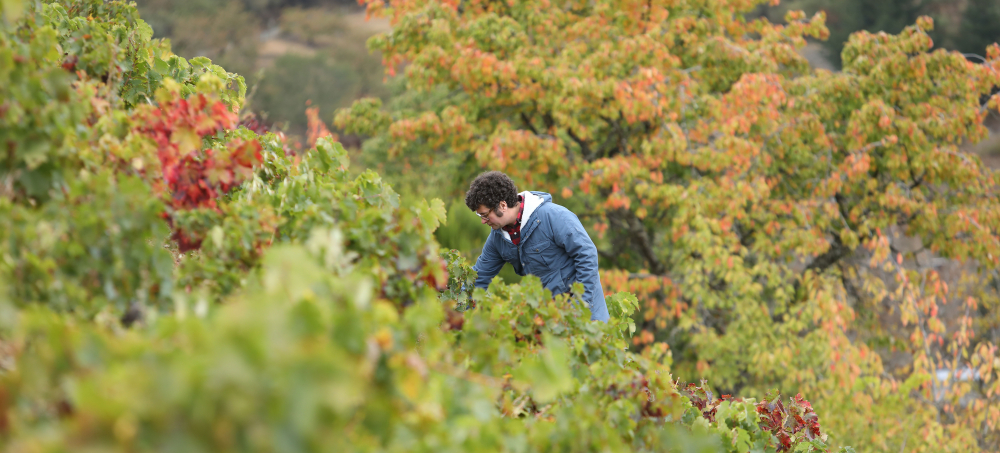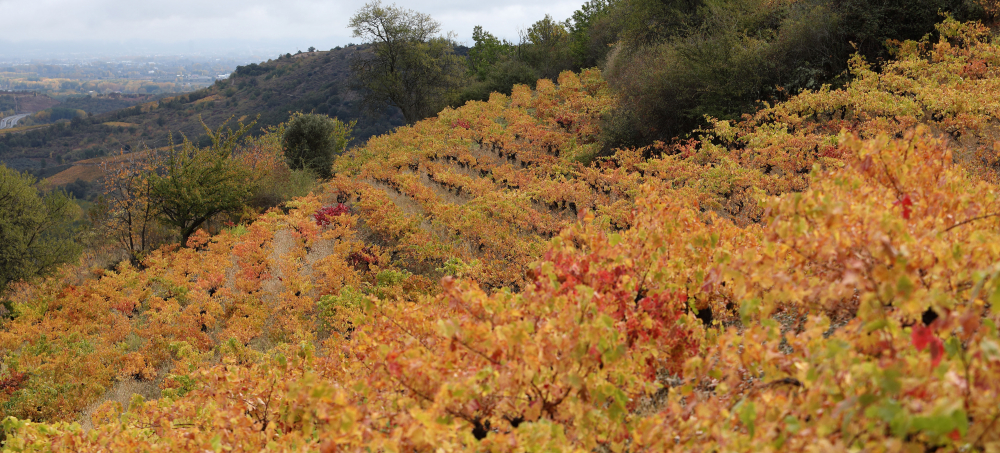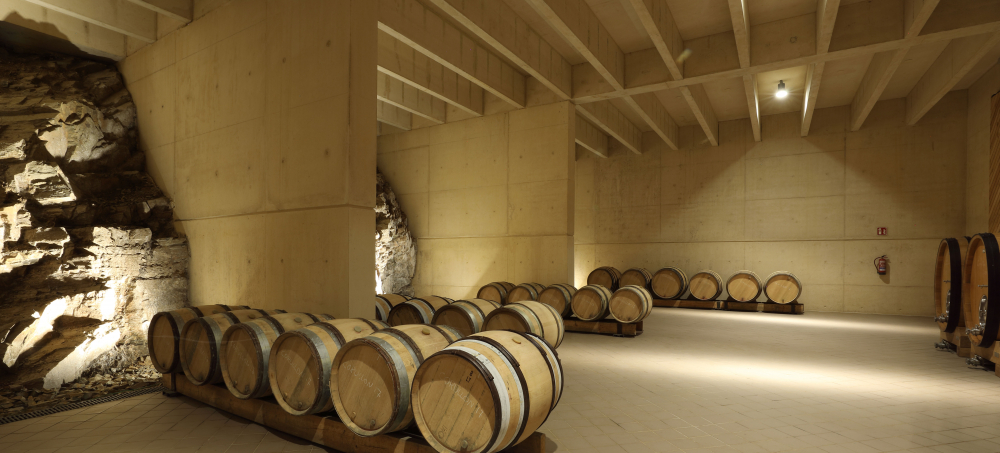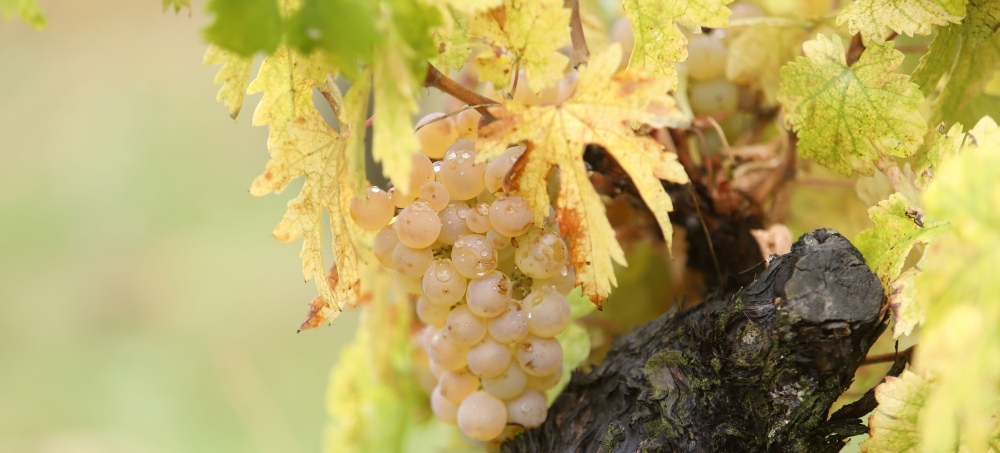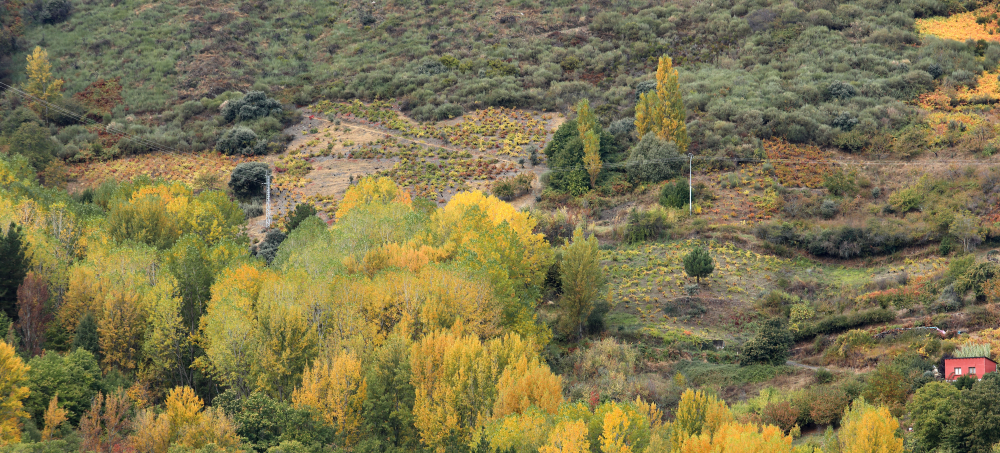The vast viticultural landscape of Spain is a treasure trove of amazing, old-vine, indigenous varietal vineyards that dot the countryside in all corners of this vast and diverse country. Even as late as the 1980’s and even 1990’s, regions such as Priorat, Bierzo, Ribeira Sacra, Valdeorras, Vinos de Madrid, etc. were unknown backwater areas, with little or no culture of Fine Wine. Nonetheless, these regions each have a long history of growing grapes and making wine going back centuries, and intrepid families across generations have continued to tend vines which today form a patchwork of prime, fully mature 60-80-100+ year-old vineyards. In many ways, Spain was a sleeping giant waiting to be awakened. It just needed the guidance and know-how to exploit its hidden potential.
Enter the decade of the 1990s and you have (now famous) people like Alvaro Palacios and a few other ground-breaking winemakers who started a revolution in Spanish Wine that continues to this day.
Even before then, in the late 1980s, when Alvaro Palacios hadn’t yet produced his first bottle of wine under his name, he was selling French barrels to wineries across Spain. Although his family had a winery in Rioja, he had his own hidden objective – to scan the countryside in order to find vineyards that could produce what he hoped would be Spain’s greatest wine. His search led him first to Priorat, where he was part of a small and intrepid group that put the region on the map (or really, back on the map) with the release of several groundbreaking wines in 1989, including Alvaro’s own “Clos Dofi”. But besides Priorat, there was also another region that had caught his attention with its super steep, hillside vineyards of very old vines and distinctive soils that could potentially produce complex, age-worthy, and most importantly, unique wines. That region was Bierzo in Northwestern Spain.
While Priorat had Garnacha and Carinena that had already proven themselves as noble varietals elsewhere, the main varietal of Bierzo is Mencia, a unique red grape that was believed to have been brought to the region by French pilgrims during the Middle Ages. This varietal was originally thought to be a cousin of Cabernet Franc, though it was later discovered not to be the case, and in fact, genetically similar to a Portuguese grape, Jaén, grown in the Dao region.
In 1998, Alvaro partnered with his nephew, Ricardo Perez, who had just finished his enological studies in Bordeaux and had done internships and harvest work with Christian Moueix and at Chateau Margaux. At the time, the two pretty much had “pick of the litter” for vineyards in Bierzo, and settled on an area on the western edge of the region near the tiny village of Corullòn. This part of Bierzo is unique in that it not only boasts steep, old-vine vineyards, but it is the part of the appellation that has very poor, schist soils. The majority of the region, around 90%, is actually based on clay soils on flat or small, rolling hills.
Alvaro and Ricardo’s first vintage was 1999, and they decided to name the winery after Alvaro's father and Ricardo’s grandfather, José Palacios, who had passed away in early 2000, soon after they had made their first harvest. The wine was called Corullòn, named after the village it was from. That wine was made up of several small plots that they had acquired. Two years later, in 2001, they decided that the best of these plots had true Grand Cru potential, so they decided to vinify and bottle them separately. These historic vineyards, San Martin, Moncerbal, Las Lamas, and La Faraona are still produced today and tell the true story of Bierzo and its ability to make unique, compelling, and age-worthy wines.
That same year, in 2001, they also decided to produce an “everyday Bierzo” that could showcase this unique varietal, but at a more affordable price point. For this wine, they combined their estate vineyards in Corullòn with some purchased grapes from other parts of the region. They saw this patchwork of vineyards for this wine sort of like the petals on a flower, so they decided to call the wine Petalos. Today, they work with 180 small conscientious growers, about half in Corullòn (on schist), and half from other nearby villages (on clay) to produce about 25-30,000 bottles of a delicious, dark-fruited, and mineral-infused red.
Today, Descendientes has a total of 35 Hectares of vineyards, mostly very old vines, and often in very tiny plots. As old plants die, they are replaced with Massale selections from the old plantings. As in Priorat, Alvaro and Ricardo gravitated early on towards a more natural approach in the vineyards in Bierzo. Today, all of their estate vineyards are farmed Biodynamically. They see the winery as a small part of a larger whole, and run it as a “complete farm”, growing other agricultural products and raising animals. They also produce many of their own Biodynamic preps. Beyond that, Ricardo Perez has become one of Spain’s foremost experts in Biodynamic viticulture, often consulting with other wineries across the country. He has even translated Rudolf Steiner’s writings on the subject into Spanish.
Ricardo manages a full-time crew to care for all of the vineyards during the growing season. At harvest time, all of the grapes are harvested by hand. The winery is built into a hill, so grapes are brought in at the highest level in small bins and then crushed and fermented. Afterward, the juice is sent by gravity flow to age in barrels. Over the years, the use of new oak has been reduced significantly. Today, there is only 10-20% new wood used on the Crus, and even less for the Corullòn and Petalos.
It is amazing to contemplate the evolution that has occurred at Descendientes since its inception in 1999. It is a great success story. We thank our partners at Rare Wine Company for the introduction, of course. But mostly, we thank both Ricardo and Alvaro for their “way ahead-of-the-curve” vision about what was possible for this unknown grape in this unknown region. Of course, the world has changed since then and will only continue to do so. We look forward to the next chapters for Perez and Palacios in the years to come!
